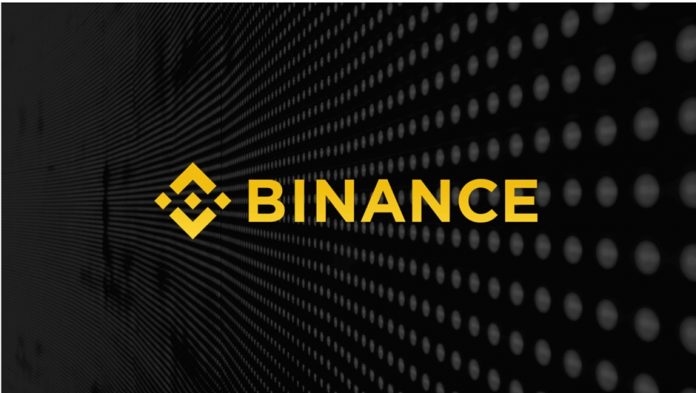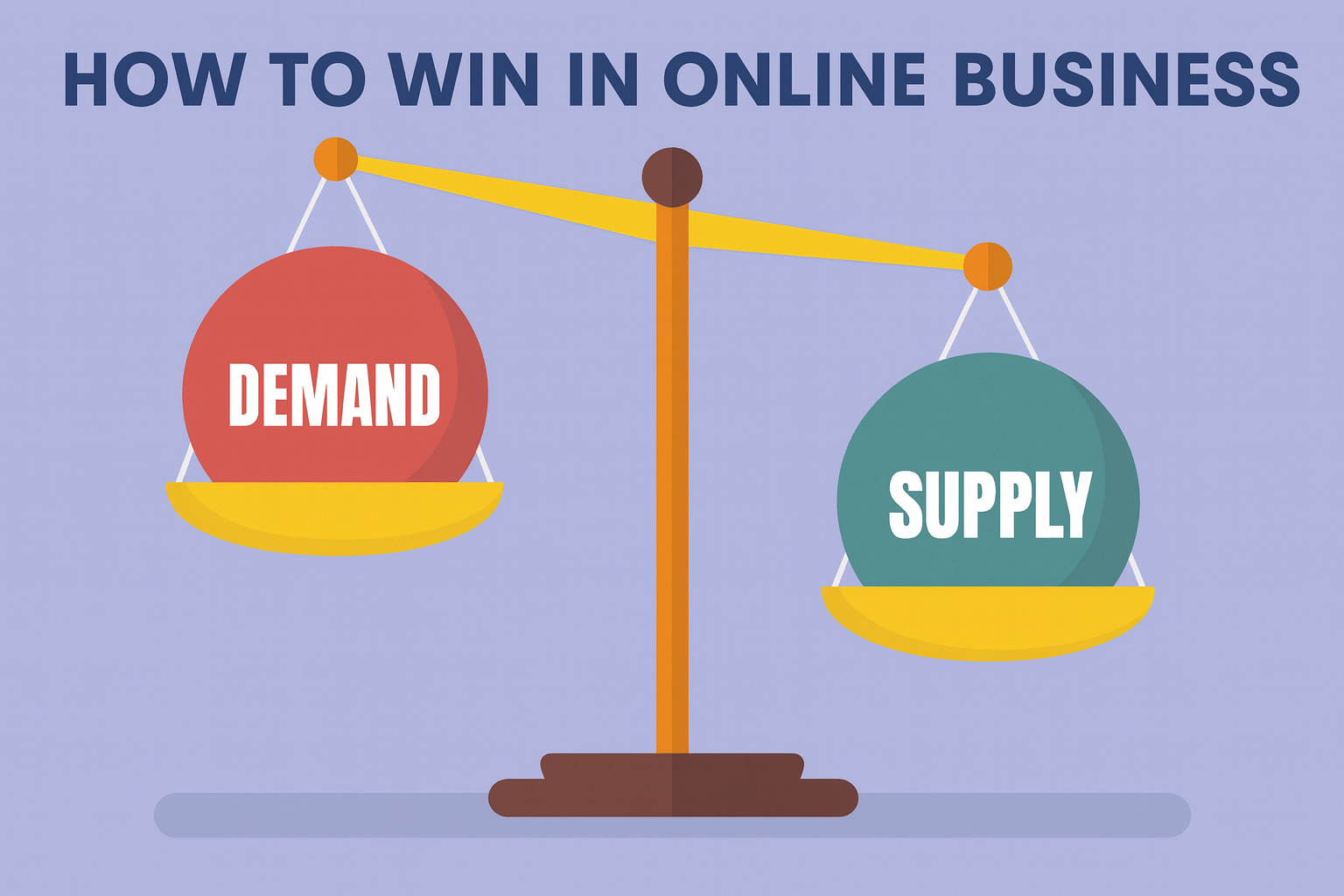Binance, the world’s largest cryptocurrency exchange by trading volume, announced a landmark achievement: securing three comprehensive financial licenses from the Financial Services Regulatory Authority (FSRA) within the Abu Dhabi Global Market (ADGM), a premier international financial center in the United Arab Emirates.
This move effectively positions Abu Dhabi as the exchange’s global regulatory hub—and, by most accounts, its de facto headquarters—marking a significant departure from its long-standing “nomadic” identity without a fixed base.
The approvals cover critical aspects of Binance’s operations: Nest Exchange Limited, recognized for spot and derivatives trading including custody and central securities depository services. Nest Trading Limited: Broker-dealer for over-the-counter (OTC) services.
These licenses enable Binance.com to offer regulated trading, settlement, custody, and liquidity management globally, starting January 5, 2026, after operational preparations.
For years, Binance—founded in 2017 by Changpeng Zhao (CZ) in Hong Kong—prided itself on being a borderless entity, with distributed teams across jurisdictions to evade regulatory pressures, particularly after U.S. scrutiny that led to CZ’s 2023 guilty plea for anti-money laundering violations he was later pardoned by President Trump in October 2025.
However, co-CEO Richard Teng’s announcement signals a pragmatic shift toward centralization. While Teng avoided explicitly labeling Abu Dhabi as the “global headquarters,” he emphasized its role as the “regulatory foundation” for worldwide operations, noting that global regulators prioritize where a firm is supervised.
A Binance spokesperson did not refute reports suggesting this establishes Abu Dhabi as the HQ. The news triggered an immediate bounce in Binance’s native token, BNB, which rose over 3% in the 24 hours following the announcement, reflecting trader optimism about enhanced institutional legitimacy.
Teng highlighted a 40% year-over-year surge in institutional clients as of September 2024, attributing it to clearer regulatory pathways, which this license is expected to amplify.
The UAE, and ADGM in particular, has emerged as a crypto-friendly oasis in a post-FTX regulatory landscape. ADGM’s English common law-based framework offers institutional-grade oversight without stifling innovation, attracting firms like Binance after a $2 billion investment from Abu Dhabi-backed MGX in March 2025.
Teng, who previously served as ADGM’s CEO for six years, described the approval as an “important milestone” that aligns with the UAE’s vision for digital asset leadership.
Ahmed Jasim Al Zaabi, ADGM’s chairman, welcomed Binance as a “key global player in digital assets.”
This isn’t just a regulatory checkbox— it’s a bet on Abu Dhabi’s ecosystem for long-term growth. By anchoring “mind and management” activities here, Binance gains tax clarity, compliance credibility, and appeal to conservative investors wary of its past U.S. entanglements.
Binance’s move underscores a maturing crypto sector, where exchanges are trading agility for stability to woo institutions. It’s the first full FSRA approval under ADGM for a major global platform, setting a precedent that could draw more players to the UAE and accelerate mainstream adoption.
Critics, however, note it feels “a bit old-fashioned” for a firm built on decentralization, potentially signaling the end of the wild-west era for crypto giants.
In summary, while not a full “relocation” in the traditional sense, this license cements Abu Dhabi as Binance’s operational nerve center, blending its global ambitions with grounded regulatory reality.
For users and investors, it promises safer, more transparent trading—though the exchange’s distributed model ensures it won’t fully abandon its roots.
Czech National Bank Accelerates Gold Accumulation
The Czech National Bank (CNB) has ramped up its gold purchases, aligning with its multi-year strategy to rebuild reserves to 100 tonnes by 2028—the highest level in the nation’s modern history.
This diversification push reflects broader trends among central banks in Central and Eastern Europe, emphasizing gold as a hedge against geopolitical risks, inflation, and currency volatility.
Gold reserves increased by approximately 1.8 tonnes in November, bringing the total to around 71 tonnes. This marks the 22nd consecutive month of net buying, underscoring the CNB’s consistent execution of its reserve management plan.
Through November, the CNB has added roughly 21 tonnes, representing a 42% increase from the end-of-2024 baseline of about 51.2 tonnes. This pace exceeds earlier projections and positions the bank well ahead of its annual targets.
The CNB’s gold holdings plummeted in the 1990s, dropping from 70 tonnes in 1993 to just 8 tonnes by late 2019 due to sales during economic transitions. Since 2020, under Governor Aleš Michl, the bank has reversed course.
2022: ~12 tonnes. 2023: 30.7 tonnes. 2024: 51.2 tonnes. 2025 (Q3): 66.8 tonnes. Gold now comprises a growing share of the CNB’s international reserves, which totaled $170 billion in October 2025.
At current prices ($2,700/oz), the November-end gold holdings are valued at over $6 billion, aiding portfolio yields while serving symbolic and commemorative purposes. The CNB’s aggressive buying mirrors actions by peers like Poland net buyer of 21 tonnes in November and contrasts with sellers like Singapore.
Europe’s smaller holders lag far behind giants like Germany (3,355 tonnes). With Czech GDP growth steady and inflation low, gold enhances diversification—uncorrelated with bonds or equities—while generating returns. Michl has emphasized an “infinite investment horizon” for such assets.
This buying contributes to sustained central bank demand, supporting gold prices amid uncertainties like U.S. policy shifts and regional conflicts. Poland’s National Bank (NBP) has pursued one of the most aggressive gold accumulation strategies among central banks since 2018, transforming the country from a modest holder into a global leader.
This approach, accelerated by Russia’s 2022 invasion of Ukraine, emphasizes gold as a hedge against geopolitical risks, inflation, and potential sanctions. By December 2025, Poland’s holdings have surged to approximately 530 tonnes, valued at over PLN 240 billion ranking it 10th worldwide and surpassing the European Central Bank’s 506.5 tonnes.
The NBP aims for gold to comprise 30% of its total international reserves currently ~$261 billion or PLN 953 billion. This marks an upgrade from the 20% goal achieved earlier in 2025, announced in September by President Adam Glapi?ski.
Reaching 30% would place Poland in elite company, as historical data from Bank of America shows such allocations yield the highest crisis resilience. Purchases are opportunistic, depending on market conditions like gold prices hovering at $4,000/oz.
The bank paused buying from June to September amid price highs but resumed aggressively in October with 16 tonnes. ~20% of gold is stored domestically for security, with the rest in London and New York. Glapi?ski targets one-third in each location to mitigate risks.
Poland’s reserves were minimal ~14 tonnes in 1996 post-communism but began systematic buying in 2018. The strategy intensified post-2022. 2025 highlights led global buying with 48.6 tonnes in Q1, 19 tonnes in Q2, and 16 tonnes in October—totaling 83 tonnes YTD, outpacing China and India. Q3 saw a pause, but overall demand hit 634 tonnes globally YTD.
Glapi?ski describes gold as “the only safe investment for state reserves” in “difficult times of global turmoil,” citing its independence from national policies, crisis resistance, and long-term value retention. Proximity to Ukraine drives diversification from USD/euro assets amid de-dollarization trends.
Enhances credibility in ratings and partnerships; gold’s 26% share already boosts monetary sovereignty. Aligns with emerging markets’ rush (e.g., 900+ tonnes projected for 2025), per World Gold Council surveys where 43% of central banks plan increases.
This strategy has drawn domestic criticism for costs but is praised internationally, potentially inspiring neighbors like the Czech Republic 71 tonnes. As of Q3 2025, holdings dipped slightly to 515 tonnes due to valuation adjustments, but October’s buys reversed this.
Like this:
Like Loading...






